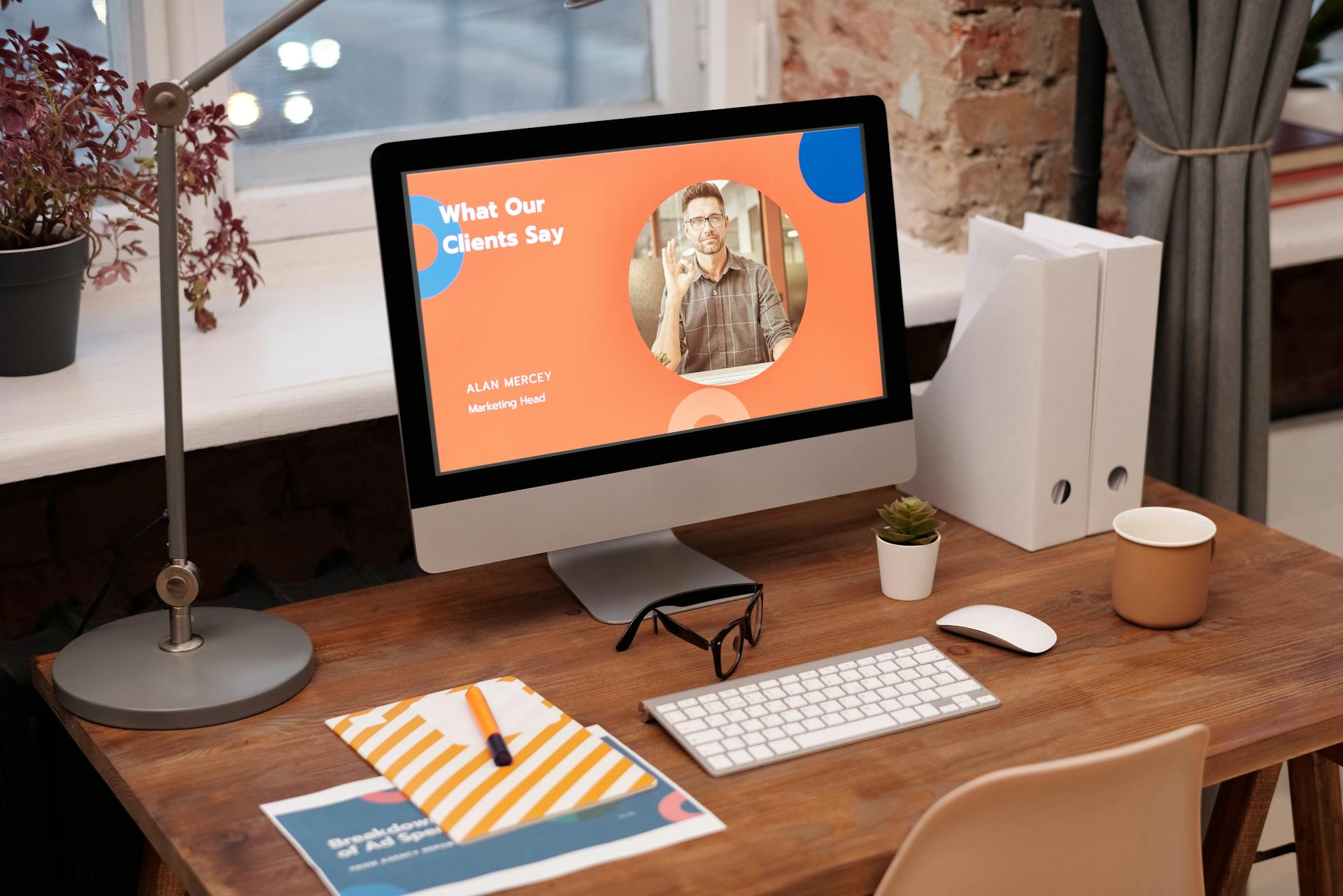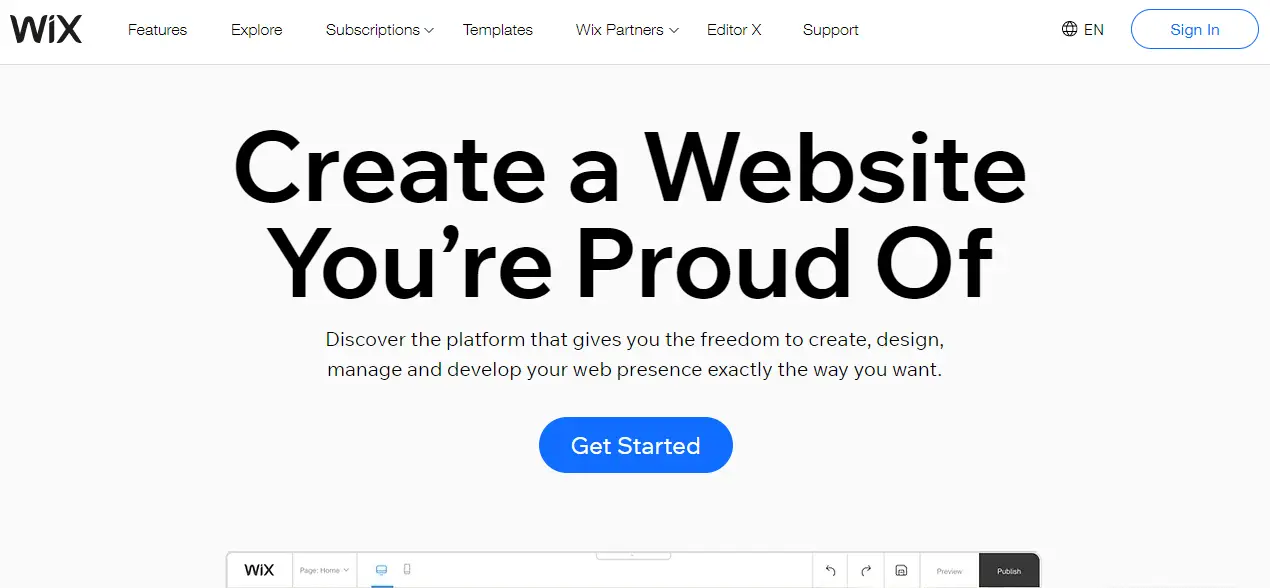As the fashion industry becomes increasingly digital, it is essential for fashion stylists to establish a strong online presence. Whether you are an independent wardrobe consultant or a celebrity stylist, connecting with potential clients, showcasing your portfolio, and promoting your services online require a professional and compelling website. Fortunately, website builders today offer powerful, affordable, and stylish solutions — even for those without a background in web development.
TLDR
If you’re a fashion stylist looking to build a professional website, you’ll want a platform that offers beautiful templates, strong visual support, ease of use, and customization options. Top choices include Squarespace, Wix, and Webflow for their intuitive interfaces and design-focused features. Shopify is a solid pick if you’re also selling products. Each platform has its strengths, depending on your branding and business needs.
Why Fashion Stylists Need a Robust Website Builder
In a highly visual profession like styling, aesthetics and clarity are everything. Your website acts as your digital shop window, portfolio, and contact point. That’s why choosing the right website builder is more than a convenience—it’s a business decision. The platforms discussed below are optimized for displaying high-resolution images, responsive design elements, and customizable features, which make them especially well-suited for fashion professionals.
Key Features to Consider in a Website Builder for Stylists
- Design Flexibility: The ability to customize layouts, fonts, and color schemes to reflect your unique style and branding.
- Image Handling: High-quality image support and galleries to showcase your styling work.
- Portfolio Tools: Simple ways to create a client-friendly and organized portfolio.
- Mobile Responsiveness: Your site must look just as polished on a phone as on a desktop.
- E-Commerce Options: Ability to sell products or digital services, if needed.
- SEO and Marketing Tools: Features to help you get found by new clients online.
1. Squarespace
Best for: Styling professionals who want a balance of elegance and ease.
Squarespace is one of the top choices for creatives in all fields, but it particularly shines for fashion stylists, thanks to its sleek design templates and user-friendly interface. It offers a seamless combination of design flexibility and functionality, enabling even non-tech users to create websites that look professionally designed.
- Pros: Stylish, modern templates, strong image galleries, built-in SEO tools.
- Cons: Slightly limited third-party integrations compared to some other builders.
Squarespace’s blogging and e-commerce features allow fashion stylists to not only show off their work but also offer services, write about trends, and even sell styling guides or products.

2. Wix
Best for: Stylists who want creative control and flexibility, combined with ease of use.
Wix offers drag-and-drop simplicity with deep customization potential, making it accessible for beginners yet powerful for experienced users. Its Artificial Design Intelligence (ADI) tool can automatically create a site for you based on your industry, significantly speeding up the setup process.
- Pros: Full drag-drop editor, hundreds of design templates, built-in marketing tools.
- Cons: Too much design freedom can overwhelm beginners; template switching is limited.
Wix has a broad selection of templates designed specifically for fashion and beauty professionals. With Wix’s integrated booking tools, you can even schedule client appointments directly through your website, a handy feature for stylists with in-person sessions.
3. Webflow
Best for: Stylists aiming for high-end, custom-designed websites and are comfortable with a learning curve.
Webflow is perfect if you’re serious about design and want a completely custom website without writing code. It offers design professionals full styling control over every aspect of a site, from typography to animations.
- Pros: Ultimate design flexibility, CMS options for portfolio management, responsive controls.
- Cons: Steep learning curve for beginners, not as intuitive as Wix or Squarespace.
This builder is particularly suitable for high-profile or luxury stylists whose branding requires visual complexity and subtle design sophistication. It’s also favored if you’d like to collaborate with UI/UX designers and build something tailor-made.

4. Shopify
Best for: Fashion stylists also selling products or digital services.
If you’re branching out into your own collection, offering eBooks or downloadable style guides, Shopify excels as a specialized e-commerce platform. While primarily used for product sales, Shopify also supports pages like a portfolio or styling blog, creating a hybrid solution.
- Pros: Built-in store features, excellent payment integrations, inventory management.
- Cons: Monthly fees can be high; primary focus is commerce, not purely portfolios.
Stylists who are entrepreneurial or have personal brands often use Shopify to scale their business. The platform is compatible with tools that help you market your services, manage customer relationships, and grow through analytics.
5. Format
Best for: Minimalist portfolios focusing on visual storytelling.
Developed with creatives in mind, Format allows you to build visually striking portfolios with minimal setup. It is streamlined for artists and stylists who just need their work front and center without too much design distraction.
- Pros: Portfolio-first design, quick to set up, straightforward image management.
- Cons: Limited integrations, less suitable for complex business needs.
For fashion stylists just starting out or those who want an Instagram-style digital lookbook, Format is a compelling, distraction-free choice.
Bonus Mention: WordPress (With Elementor or Divi)
Best for: Stylists working with developers or looking for long-term flexibility.
WordPress remains a dominant force in site-building, especially when paired with visual editors like Elementor or Divi. If you’re working with a designer or have some tech know-how, you can create powerful, scalable websites suited to every level of styling career.
Combined with plugins, blogging tools, and thousands of themes, WordPress is the most adaptable option—but it does come with a steeper setup and maintenance curve.
Final Thoughts: Picking the Right Platform for Your Style Brand
The ideal website builder for you will depend on your combination of priorities: design taste, business goals, tech comfort, and budget. Here’s a brief recap:
- Choose Squarespace if you want a beautiful, minimalist site with strong portfolio templates.
- Go with Wix if you want DIY control and robust features without complexity.
- Opt for Webflow if you’re seeking high-end design customization.
- Use Shopify if selling styling-related products is a core part of your business.
- Try Format if you need a clean digital portfolio with minimal effort.
Most platforms offer free trials, so it’s worth experimenting before committing. Think of your website not merely as a digital calling card but as a dynamic extension of your personal brand. A good website tells your story, showcases your talent, and converts visitors into loyal clients.


